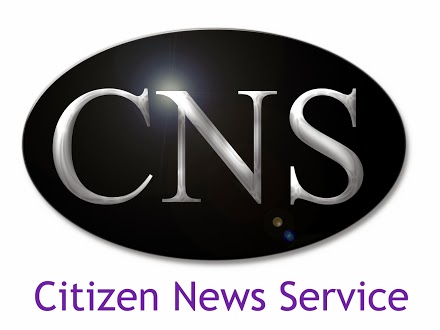Delay in roll-out of new child-friendly drugs is unacceptable
It is indeed unfortunate that even when child friendly paediatric formulations for TB treatment are available, the uptake has been slow. Then again, even two years after Bedaquiline and Delaminid were recommended by WHO for treatment in adults, there is still no talk of having a recommendation for adolescents and children.
But in this dismal scenario, there are small sparks of hope too. The Global Alliance for TB Drug Development (TB Alliance) has played a vital role in not only developing paediatric fixed dose combinations (FDCs) for treating drug sensitive TB, but also advocating for their use, in getting national guidelines changed and switching the market from old to the new. Vijay Agarwal of Macleods Pharmaceuticals Ltd, an Indian generic drug manufacturing company, informed that they have started manufacturing and supplying the FDCs of (i) Rifampicin 75mg + Isoniazid 50mg and (ii) Rifampicin 75mg + Isoniazid 50mg + Pyrazinamide 150mg.
These were prequalified by WHO in June 2015, and the company started getting the first orders in April 2016. Kenya was the first country to approve them and till to date, 10 countries, including Kenya, have purchased them through the Global Drug Facility (GDF) of Stop TB Partnership.
Unfortunately, India, where these drugs are being produced, has yet to roll them out. The company was expecting to get a purchase order from the RNTCP this month and would be able to deliver supplies within two months of getting the order. To begin with, the Indian government is expected to roll out these FDCs for HIV co-infected paediatric TB patients in 5 states (Haryana, Tamil Nadu, West Bengal, Assam, Andhra Pradesh).
Shorter drug regimen for children and adolescents
Another good news shared by Bassirou Souleymane of Damien Foundation with CNS (Citizen News Service) was the encouraging results obtained for children who were part of an observational study launched in 2013 in 9 countries of Africa to determine effectiveness and tolerance of a modified Bangladesh regimen for MDR-TB. Out of the 58 children and adolescents aged less than18 years started on this regimen, 47 were recruited early enough for cohort analysis - 9 of them being HIV positive. Overall treatment success rate was 83%. Also all adverse drug events were mild to moderate.
"Treatment results of the Bangladesh regimen appear excellent in children and adolescents, including in HIV infected patients. Adverse drug events were not frequent and all were mild. But as sample size was small, more studies are needed. These results should encourage to apply the short regimen to children and adolescents," said Souleymane.
(Note: You can view every article as one long page if you sign up as an Advocate Member, or higher).





